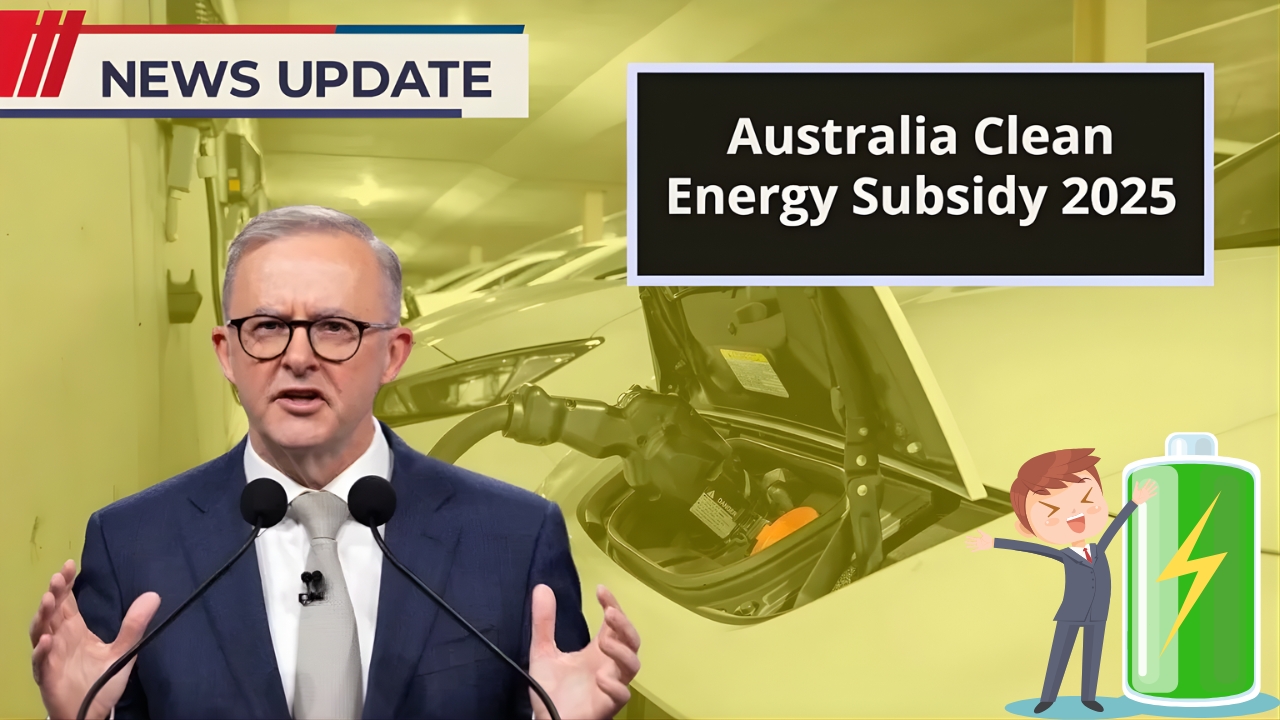The Clean Energy Subsidy in Australia provides some of the considerable rebates to facilitate the use of solar panels, battery storage, and electric vehicle (EV) chargers to achieve the target of going net-zero by the year 2050.
Feedback on the Clean Energy Subsidy Program 2025
– The initiative offers financial resources to households and small businesses to install renewable energy technologies and saves on initial costs, and energy costs in the long run.
– The subsidy program is carried out in both federal and state platforms to make it universal across the country.
Key Subsidy Details
| Technology | Rebate Amount (AUD) | Eligibility | Application Start |
|---|---|---|---|
| Solar Panel Installation | $3,000 – $5,000 | Homeowners & small businesses | January 2025 |
| Battery Storage System | $4,000 – $6,500 | Existing solar users | February 2025 |
| EV Charger Installation | $1,500 – $3,000 | Residential & commercial | March 2025 |
| Rural Clean Energy Support | $2,000 – $4,000 | Regional households | April 2025 |
| Low-Income Household Rebate | Up to $6,000 | Centrelink & pension cardholders | May 2025 |
Solar and Battery Rebates
– Owners will be offered massive rebates on roof top solar installations with up to 40 percent hardware installation costs being subtracted in sunny areas such as Queensland and New South Wales.
– Solar battery rebate is introduced in mid 2025 which has a discount of about 30 percent on an upfront product which translates to around 4000 dollars off a normal battery.
– Battery systems that qualify must have solar panels attached to them and be listed on approved products lists with rebates available on systems of 5-100 kWh.

EV Charger Rebates
– Approved EV charger installations on commercial or residential properties are available up to $3,000.
– This subsidy will help to make electric vehicle charging more affordable and make cleaner transportation options more active.
Household and Business Advantages
– Reduction in the amount of energy used by utilizing more solar and stored energy.
– Decreased dependence on the national grid and fossil fuel.
– Improved sustainability practices of small businesses.
– Urban, regional and low-income household support.
FAQs
Q1: Who has the clean energy subsidies?
Applicants should be homeowners, small business owners, and eligibility of low-income households.
Q2: Would you have questions regarding the timing of the applications of such subsidies?
It will be available by January 2025 on solar panels, then batteries in February, EV chargers in March, and others in the following months.
Q3: Do you have the ability to combine several rebates?
Yes, the federal rebates are usually piled up with the state-level incentives to save more.




